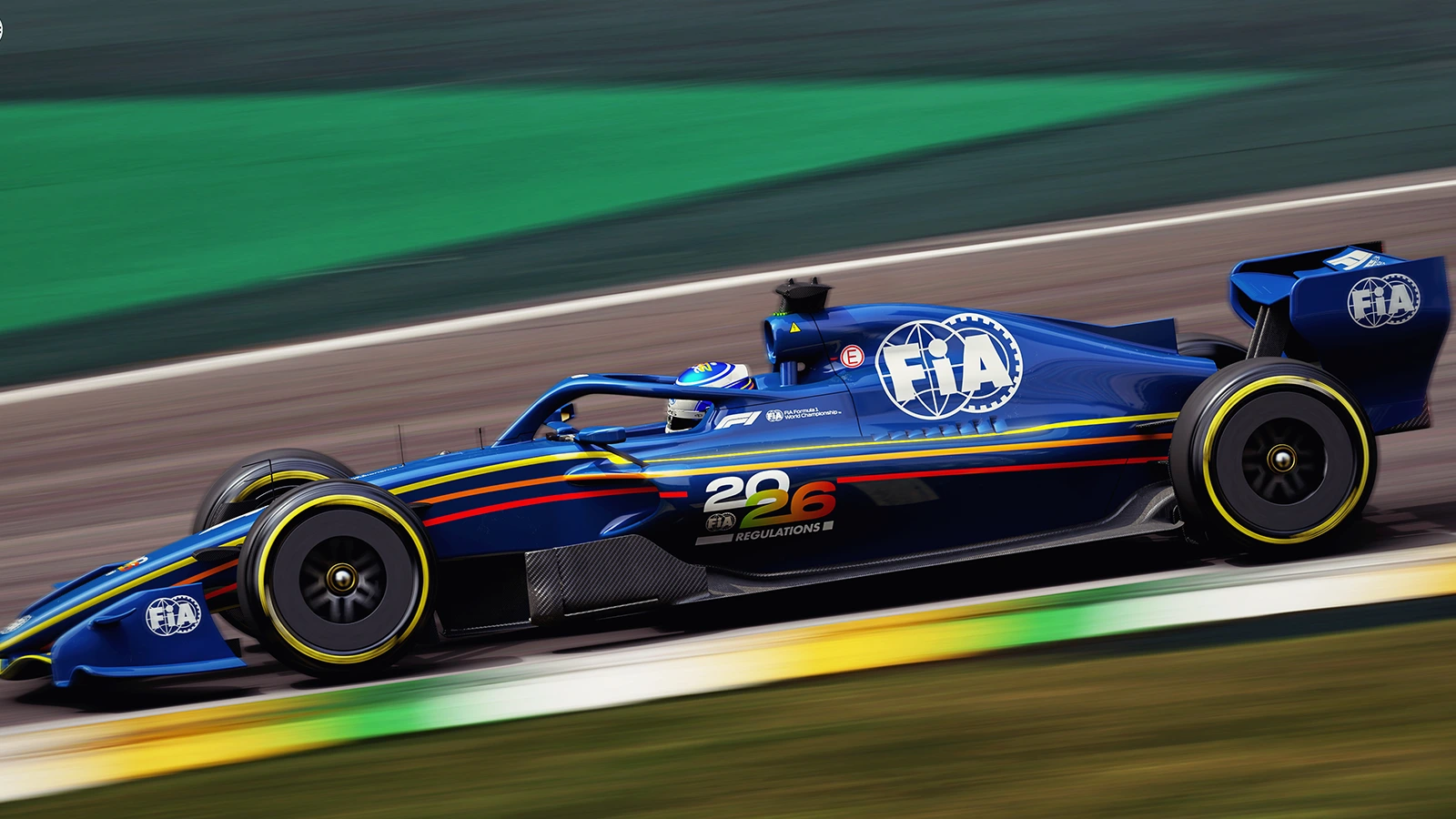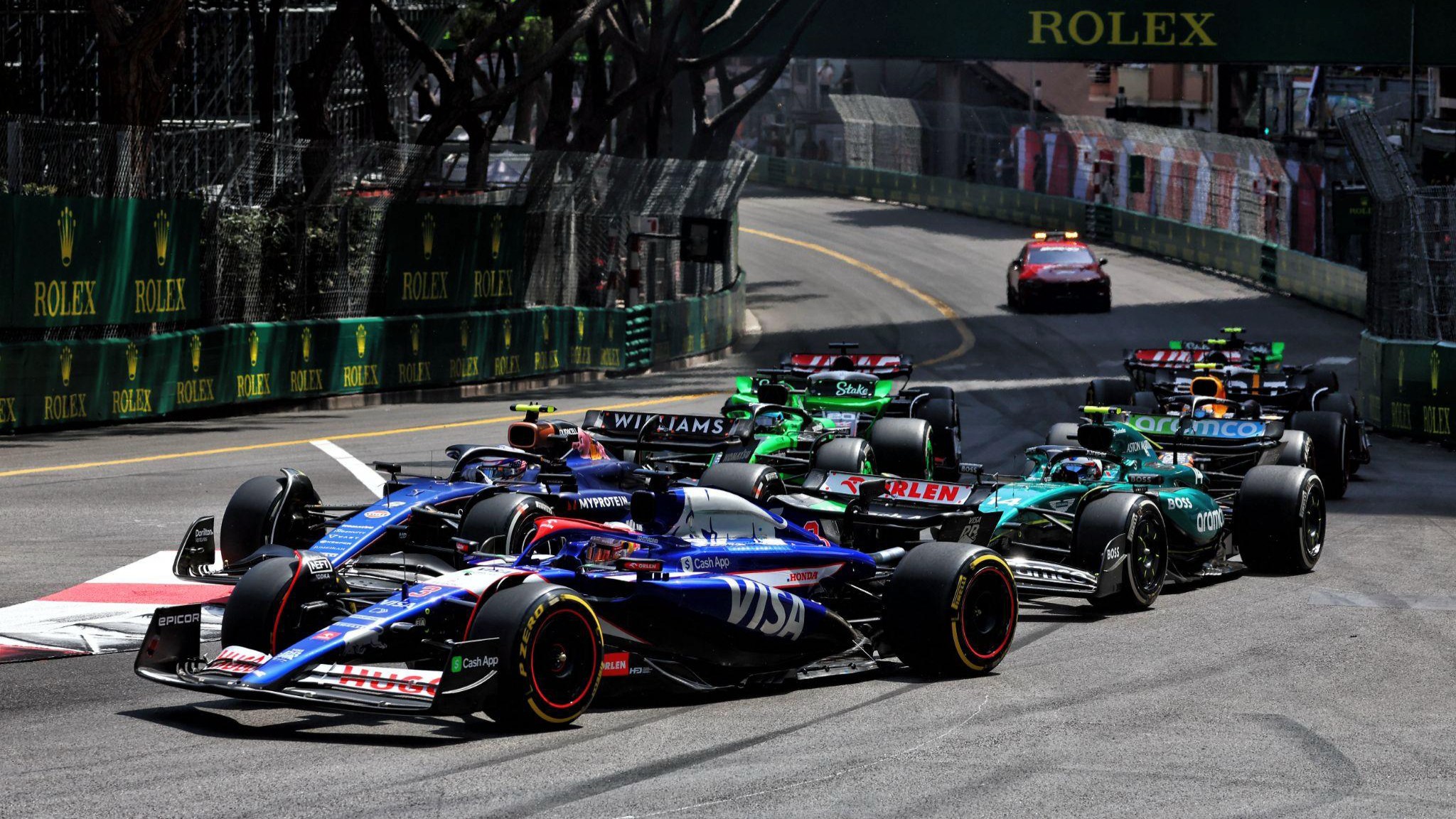Formula 1 is a sport built on precision, forward planning, and calculated risk. Yet, as the clock ticks down to the revolutionary 2026 season, the paddock is being swept by a tidal wave of uncertainty—a feeling so profound that even the most decorated figures in the sport are admitting they are sailing into the great unknown.
The introduction of sweeping new technical regulations is intended to deliver a more efficient, agile, and closer field of cars. But according to critical feedback from drivers and designers—including a chilling analysis from two-time World Champion Fernando Alonso—the changes are so radical they risk turning the pinnacle of motorsport into a complex, energy-sapping, tactical farce that prioritizes calculus over pure wheel-to-wheel racing.
This seismic shift, affecting both the chassis and the power units, represents the most significant transformation in a decade. The chaos is not a possibility; it is an increasingly likely reality, as attested by Adrian Newey, Formula 1’s most successful designer, who confessed he has “absolutely no idea” how the competitive order will shake out. When the greatest mind in car design expresses such fundamental doubt, the sport has entered a period of unprecedented peril and opportunity.

The New Machine: Lighter, Smaller, But Fundamentally Different
The foundation of the 2026 regulations rests on a new aerodynamic philosophy focused on making the cars smaller, lighter, and far more efficient. The current generation of ground effect monsters, introduced in 2022, were designed to promote closer racing. For 2026, the reset button has been hammered with extraordinary force.
The cars will be shrunk significantly. The wheelbase is being trimmed by 200mm, the overall width reduced by 100mm, and the floor width—the critical element of modern aerodynamics—is being cut by 150mm. These millimeter adjustments are monumental in a sport where marginal gains dictate success. Coupled with a necessary weight reduction of 30kg, bringing the minimum weight down to 768kg, the 2026 challengers will be noticeably more agile and twitchy than their predecessors. This weight loss, equivalent to the heft of a large dog, is an extraordinary achievement in a technical rule set, where lap times are measured in thousandths of a second.
However, this newfound agility comes with a crucial trade-off: a massive reduction in downforce by 30% and a drag reduction of a staggering 55%. Less downforce translates directly to less cornering grip, demanding a complete philosophical reboot in chassis design. Teams must now find new ways to generate speed without relying on the colossal grip provided by current-era aerodynamics. The goal is efficiency, leading to higher straight-line speeds, but the immediate concern is how these cars will behave in traffic and how drivers will manage the significant loss of mechanical grip, exacerbated by narrower Pirelli tires. The front tires will shrink by 25mm and the rears by 30mm, saving weight but further eroding the mechanical grip the drivers rely upon for confidence in corners.
The Overtaking Paradox: Alonso’s Chilling Warning
The headline aerodynamic innovation for 2026 is the introduction of Active Aerodynamics, which will fundamentally replace the Drag Reduction System (DRS) that has been in use since 2011. F1 is implementing two primary modes:
Z Mode: The standard, high-downforce configuration designed for maximum cornering speed.
X Mode: The low-drag configuration, equivalent to an open DRS, used to maximize straight-line speed.
Crucially, unlike DRS, which was only available to the following car within one second, both the leading and following cars will be permitted to use X Mode on straights. It is this seemingly equitable change that has triggered Fernando Alonso’s dire prediction about the future of racing.
Speaking candidly after the Brazilian Grand Prix, the veteran driver zeroed in on the core flaw of the system. “The only question I have in my mind is just the overtaking possibilities,” Alonso explained. His simulation work suggested a severe paradox: if both the car in front and the car behind can open the low-drag X Mode, the inherent aerodynamic advantage for the chasing driver vanishes.
Overtaking, he predicts, will be divorced from simple speed and driver skill, becoming instead a cold, calculated game of electrical energy management. To make a pass, the driver behind will have to expend significantly more electrical energy from their hybrid system than the leading car. But this victory comes at a severe cost, setting up a terrifying boomerang effect.
“If you use that energy to make the overtake, you’ll have less energy available for the next straight,” Alonso stated. He concluded with the stark reality: “So maybe you get re-overtaken by the car that you just overtook.”
Alonso is effectively suggesting that the 2026 regulations will replace a pure racing battle with a chess match played across multiple straights, where the driver who manages their battery most judiciously wins, not necessarily the one who drives fastest. It’s a chilling prospect for a sport that has long marketed itself on visceral speed and daring maneuvers, raising the specter of races decided not by driving prowess, but by complex power unit algorithms.

The Hybrid Power Shift: A Near 50/50 Gamble
If the chassis changes are complex, the new power unit regulations are nothing short of a revolution, designed to dramatically increase the reliance on electrical power while simplifying the overall architecture. The 1.6L V6 turbocharged hybrid engine remains, but the balance of power is shifting violently toward electricity.
Currently, the Internal Combustion Engine (ICE) accounts for about 550-560 kW of power, with the MGUK (Motor Generator Unit – Kinetic) contributing only 120 kW. In 2026, those numbers are flipped to create a near 50/50 split. The ICE power drops to 400 kW, while the MGUK electric power jumps to a huge 350 kW—almost three times the current output.
To achieve this simplification and attract new manufacturers, the most complex and expensive component of the current hybrid system, the MGU-H (Motor Generator Unit – Heat), is being entirely removed. This simplification is the primary reason for the influx of new engine suppliers, including the return of Honda and the arrival of automotive giants Audi and Ford, who see a clearer path to competitiveness without the MGU-H’s notorious complexity.
But even here, the complexity lingers. To directly counter Alonso’s overtaking concerns, the FIA has introduced the MGUK Override system, the one distinct advantage granted to a chasing car. This is the new, targeted boost: when a following car is within one second of the car ahead, the leading car’s electrical deployment begins to taper off after 290 km/h, while the following car is granted the full 350 kW of electrical power all the way up to 337 km/h. This surge of an extra five megajoules of energy is dedicated purely to facilitating the pass. The system is meant to be the savior of overtaking, but its reliance on precise speed thresholds and battery levels underscores Alonso’s point: racing is now subservient to energy management.

The Great Reset: Why the Frontrunners Are Terrified
The highest indicator of the impending chaos is the level of doubt coming from F1’s most decorated minds and its governing body, the FIA. When Adrian Newey, the design mastermind behind countless World Championship winning cars, publicly confessed his uncertainty about the 2026 car—a project he is fully focused on at Aston Martin—it spoke volumes.
“The honest answer is I have absolutely no idea,” Newey admitted. For a man who has mastered nearly every technical regulation change in the last 30 years to express such fundamental doubt, it reveals the sheer magnitude of the unknowns. Every team, regardless of budget or prior success, is grappling with a design brief that renders past data largely obsolete.
The uncertainty extends even to the car’s most basic functions: reliability. During a recent Formula 1 commission meeting, a proposal to introduce mandatory two-stop pit stops for every Grand Prix in 2026 was rejected. The reason was simple and alarming: teams raised serious reliability concerns about the new cars and tires, especially their ability to withstand the increased electric demands and reduced downforce over a full race distance. The FIA decided to defer the decision until after the first few races of the season. This delay is significant, confirming that even the people creating the rules lack full confidence in the durability of the machinery under race conditions.
This fundamental lack of confidence—coupled with the complete philosophical overhaul of the power unit and aerodynamics—is why 2026 represents a genuine “Great Reset”.
In previous regulation changes, the big, resource-rich teams like Mercedes and Red Bull typically found the loopholes and emerged victorious. But the removal of the MGU-H simplifies the power unit, and the new aerodynamic philosophy is a blank slate for everyone. Past experience counts for far less. The field will be level, opening a tantalizing window of opportunity.
History proves that shifts like this can shuffle the competitive deck. When the turbo-hybrid era began in 2014, Mercedes dominated; when the ground effect rules arrived in 2022, Red Bull nailed the concept. In 2026, there is a legitimate belief that a smart, agile midfield team with a groundbreaking concept could seize the moment and leapfrog an established frontrunner that gets the initial design brief wrong. Because the changes are so fundamental, a team with a brilliant concept could find itself vaulting up the grid, just as Brawn GP did under similar conditions in 2009.
The first official test of the 2026 cars, scheduled for the end of January in Barcelona, is just weeks away. Every engineering team is racing against a ticking clock, pouring billions of dollars into simulations and designs, yet every team chief is operating on little more than educated guesses.
As Fernando Alonso aptly summarized, the cars simply need to hit the track for anyone to truly understand how the complex new systems, from the Active Aero to the MGUK Override, will work in the brutal, kinetic reality of wheel-to-wheel combat. Until then, the sense of impending chaos will only continue to grow, making 2026 less a start of a new era, and more a plunge into the most unpredictable season Formula 1 has seen in decades. The question is not if the competitive order will change, but how violently the storm will break.





